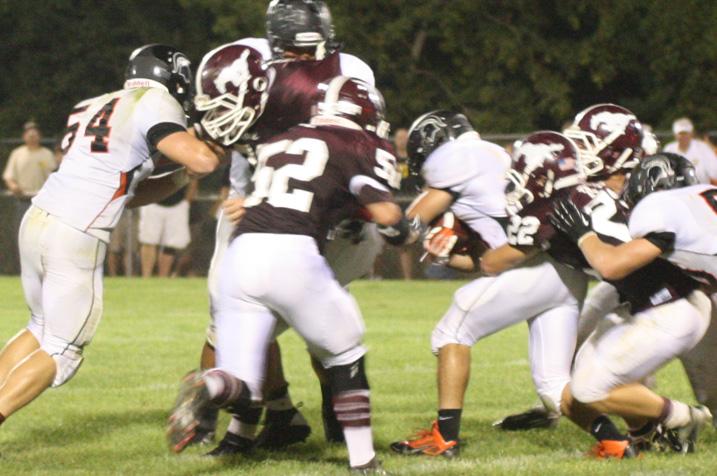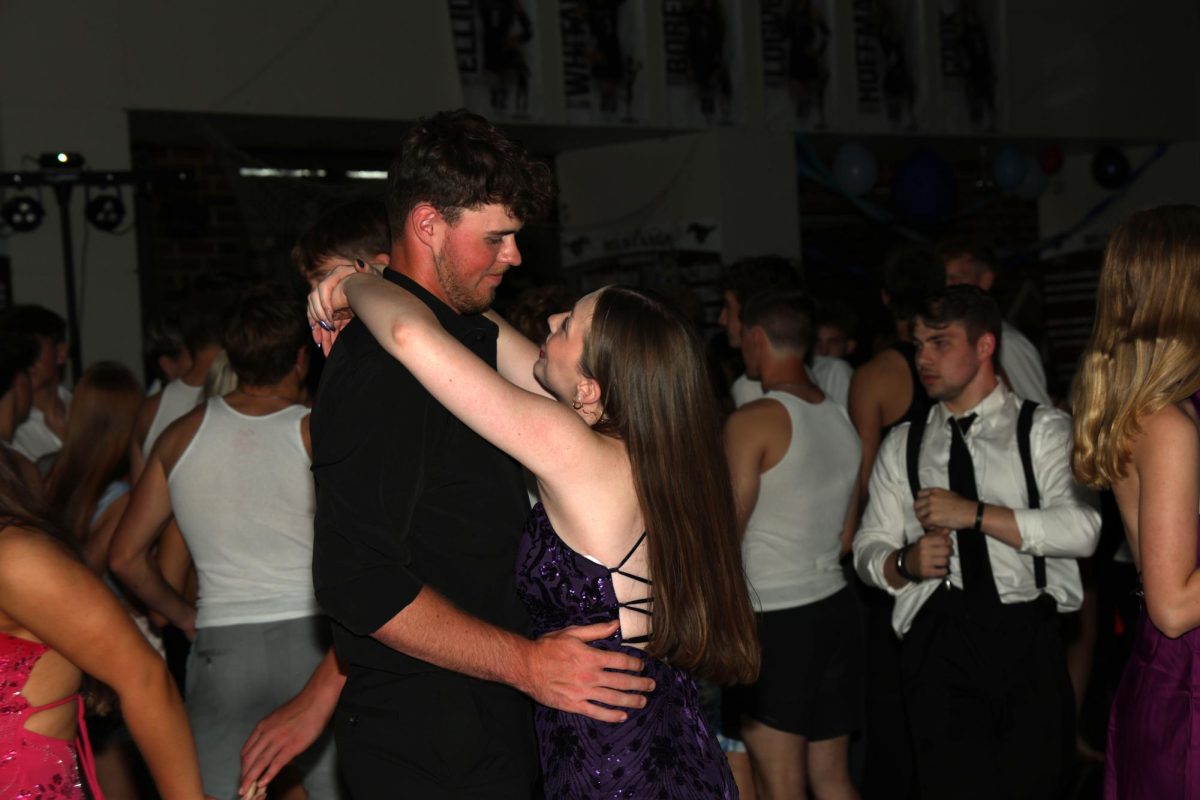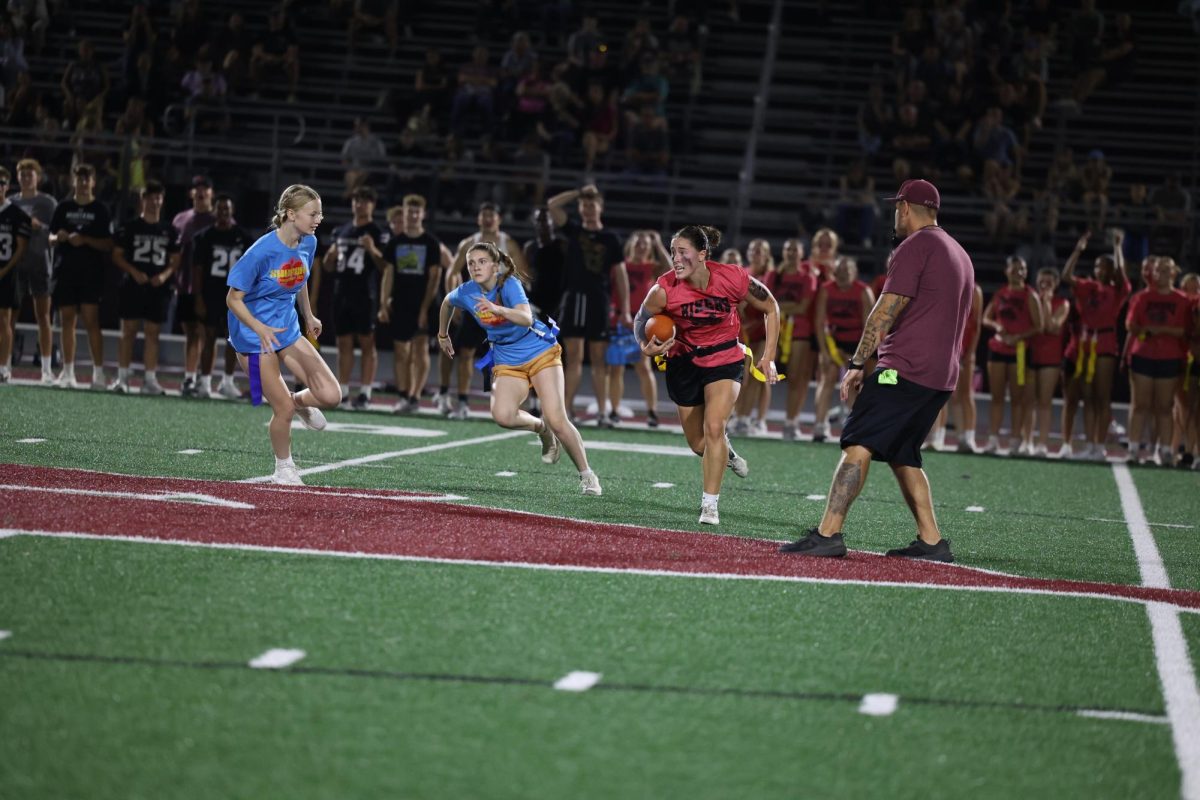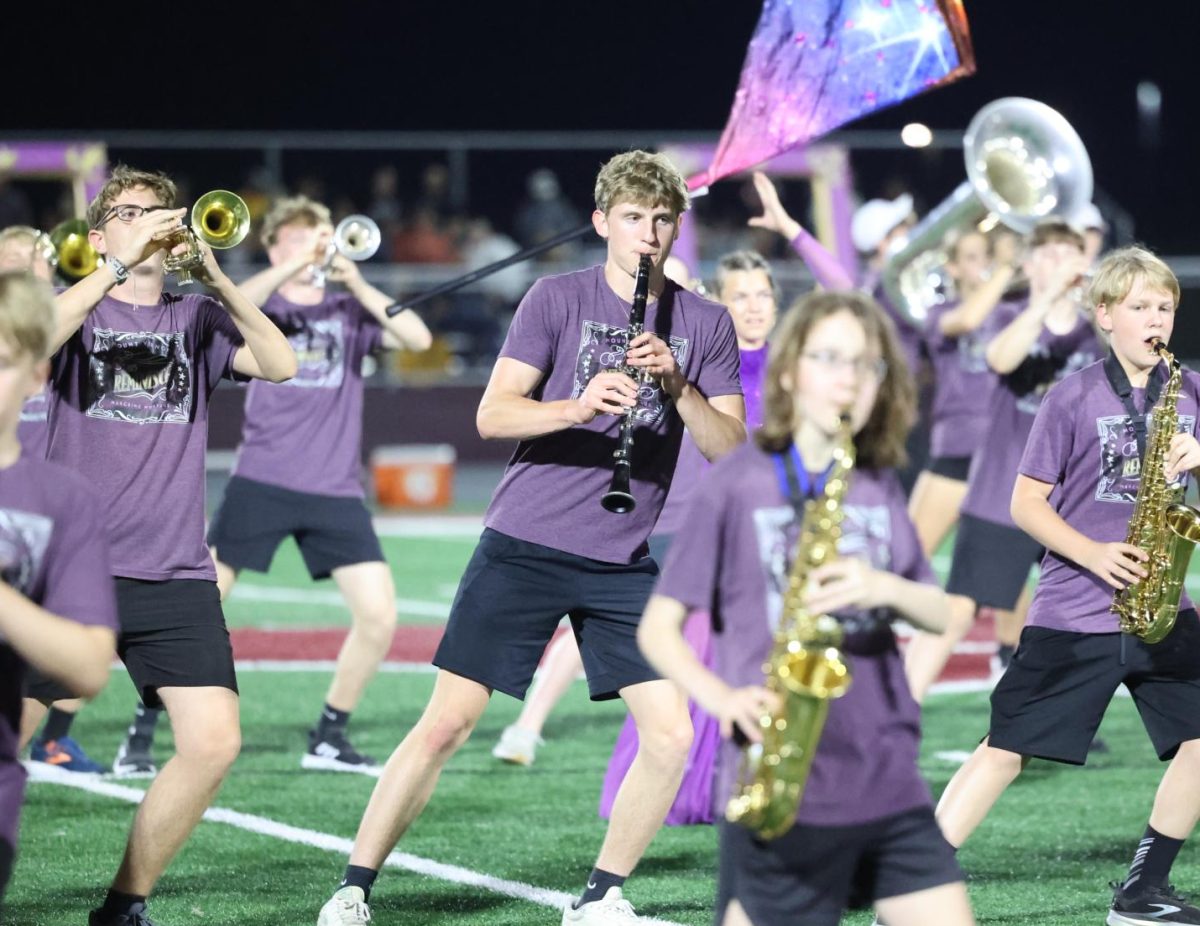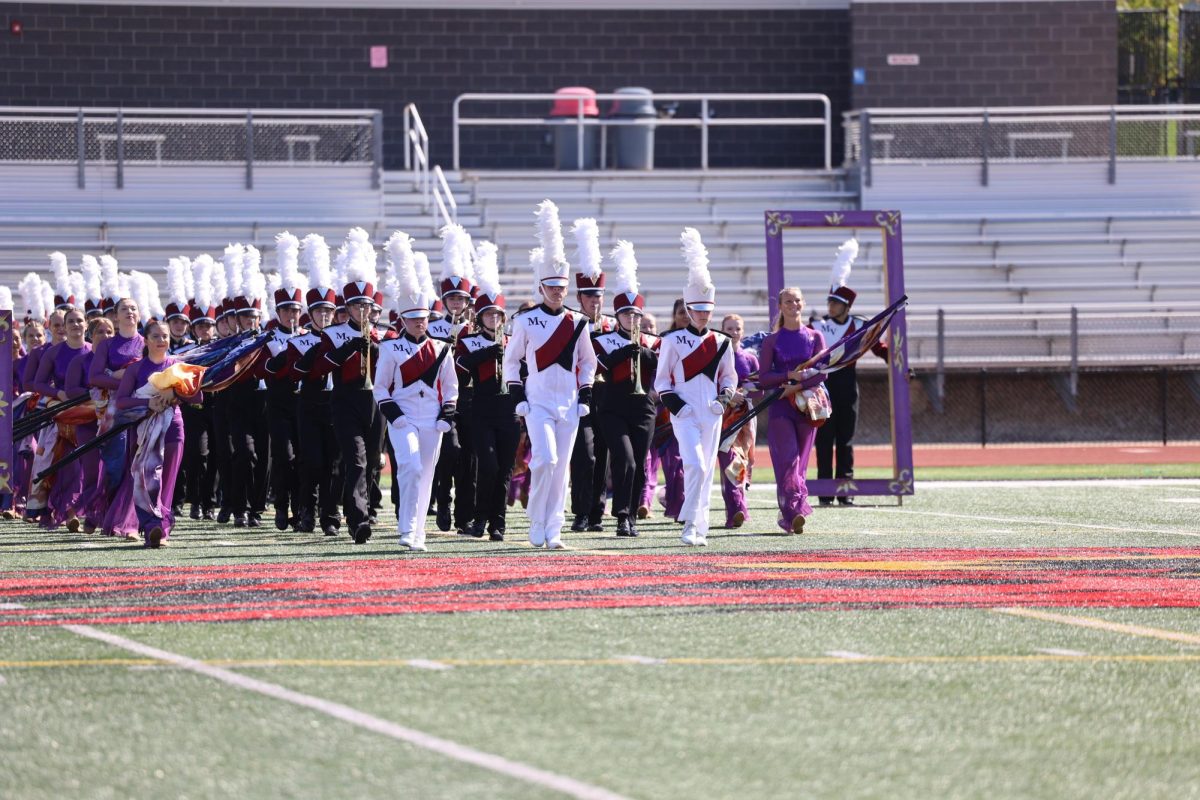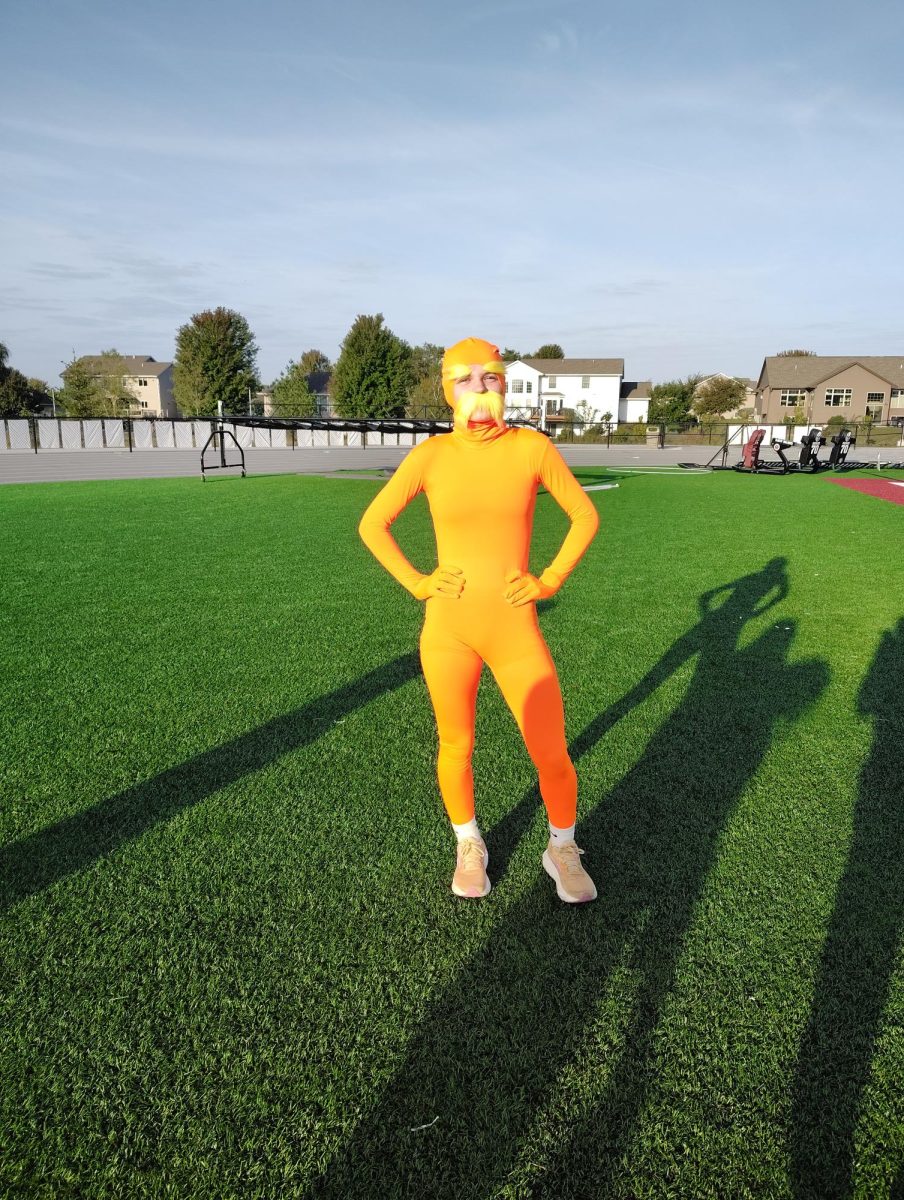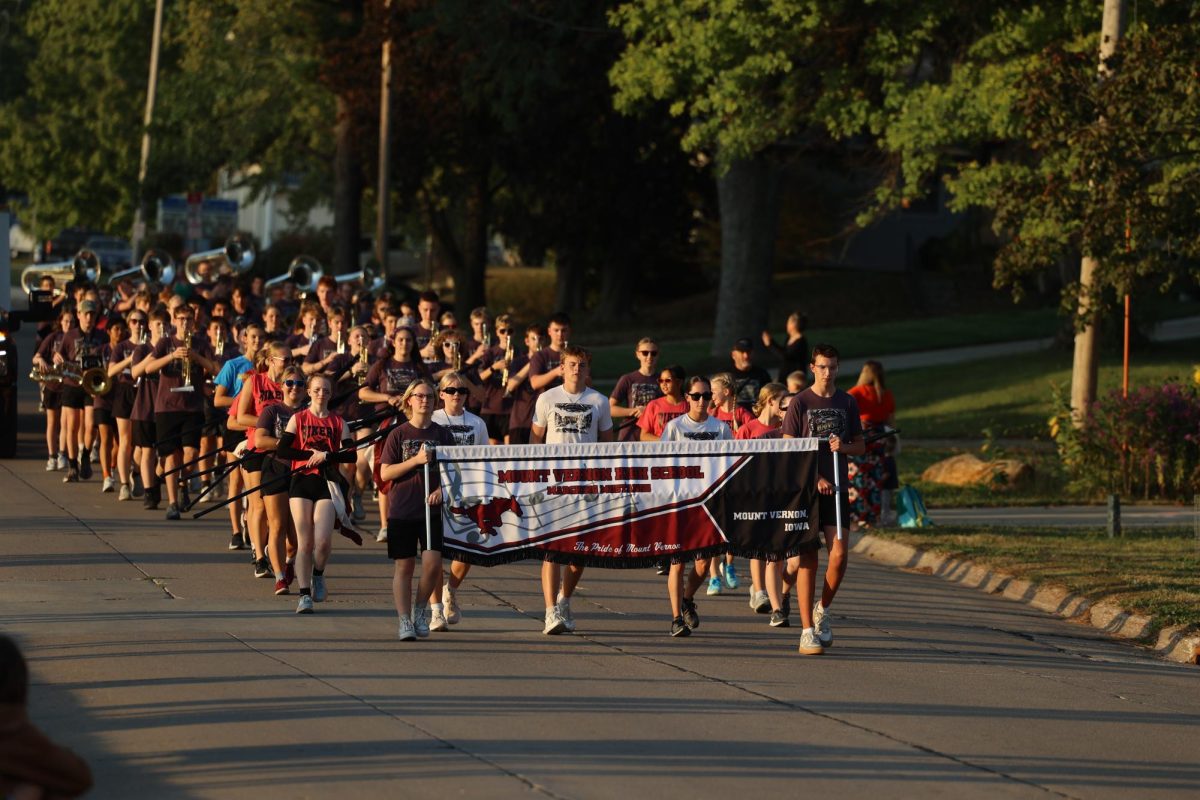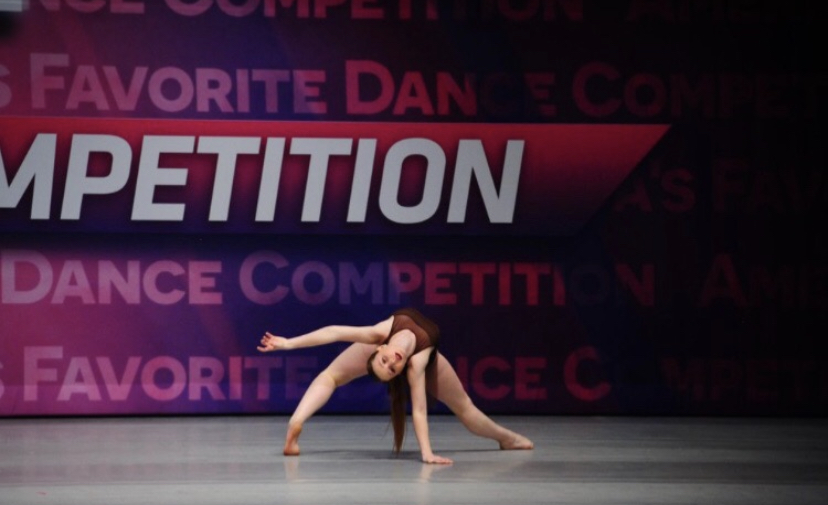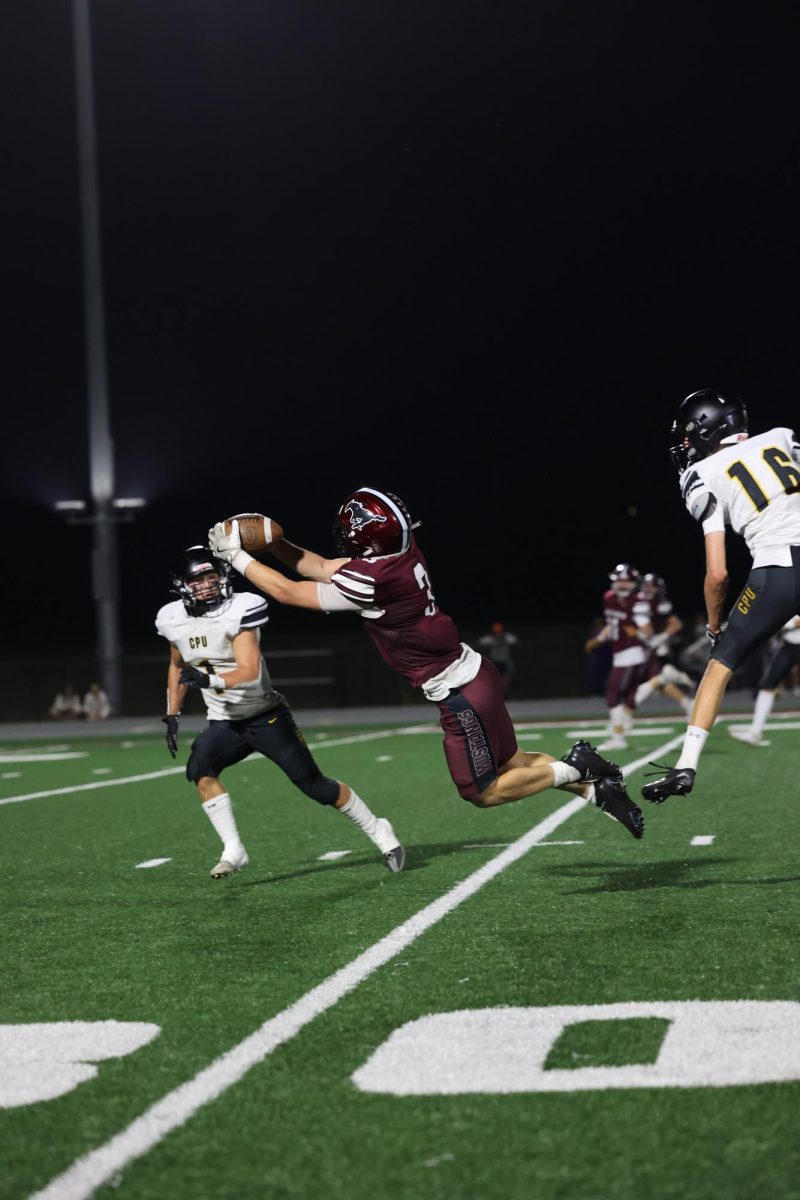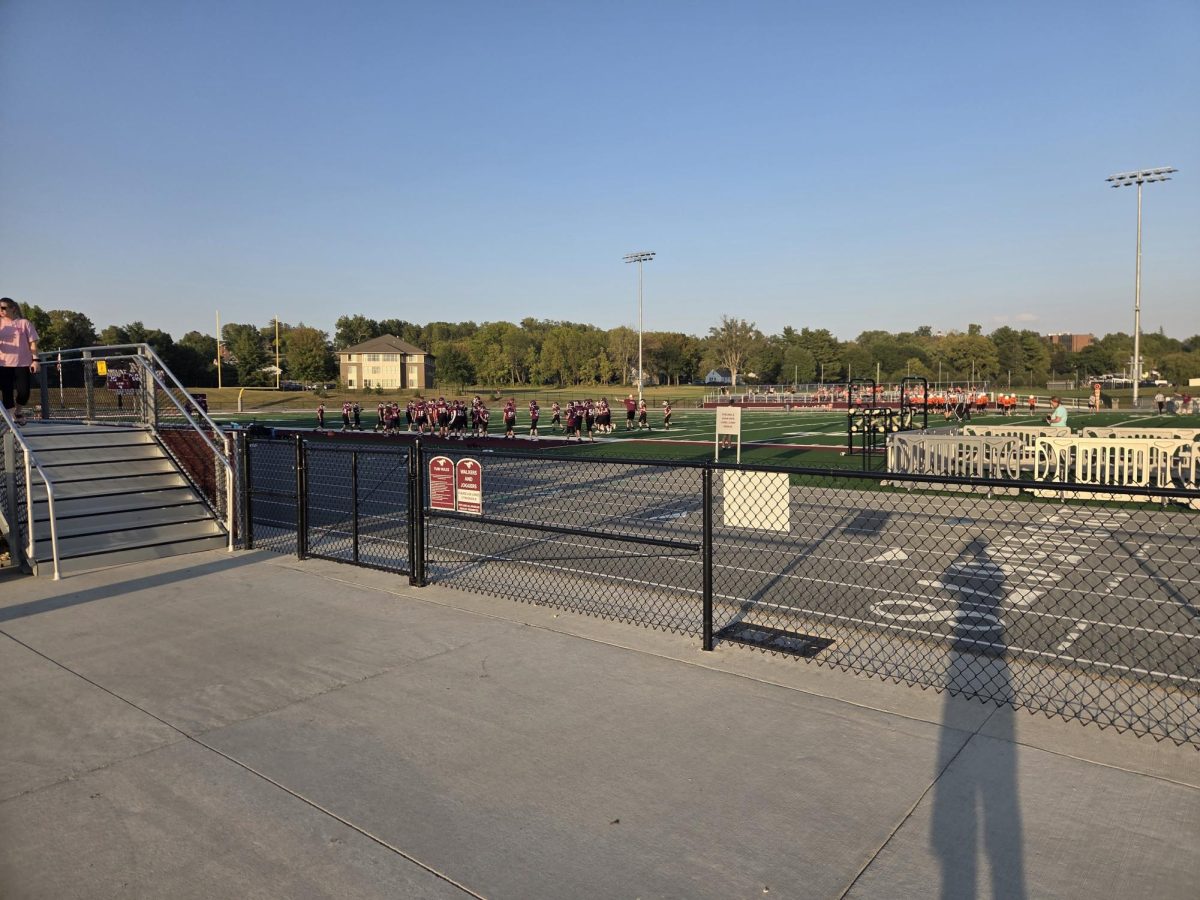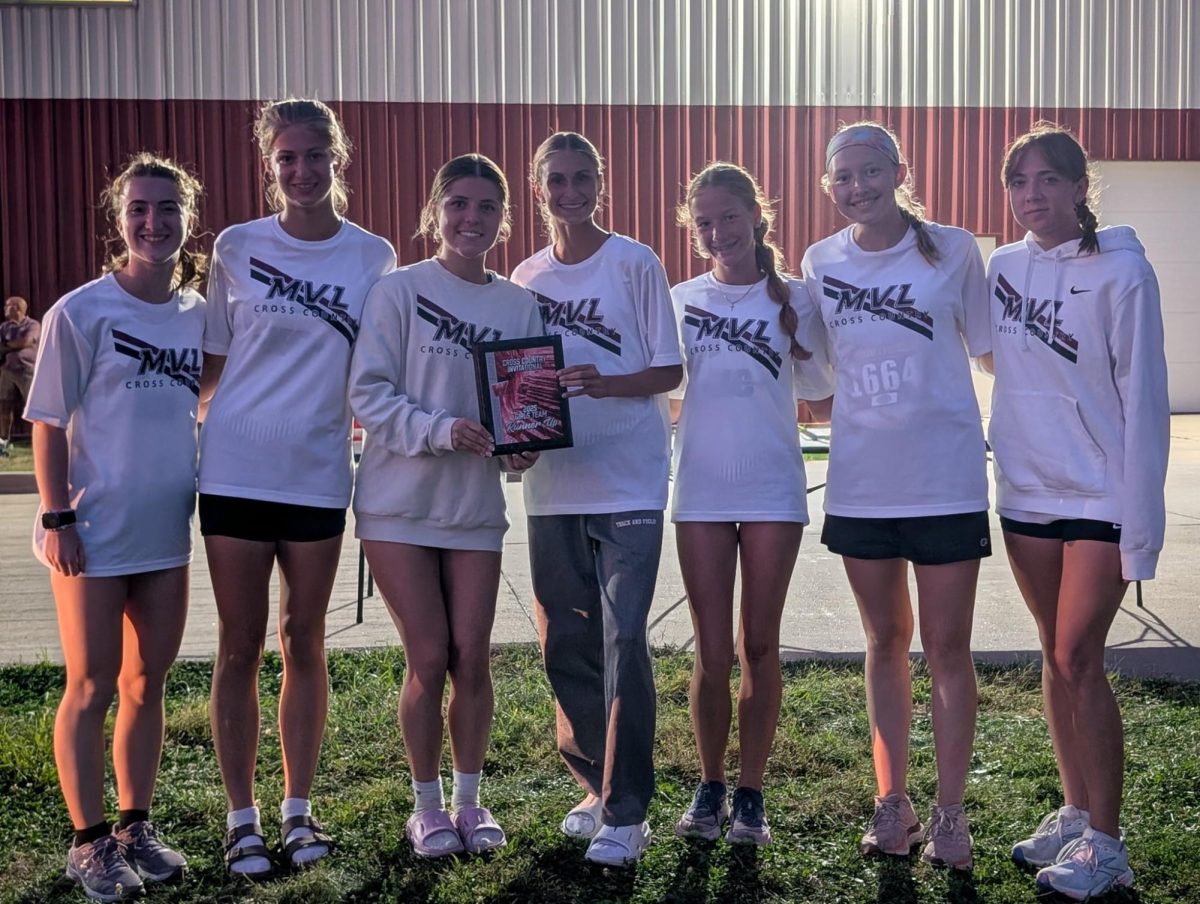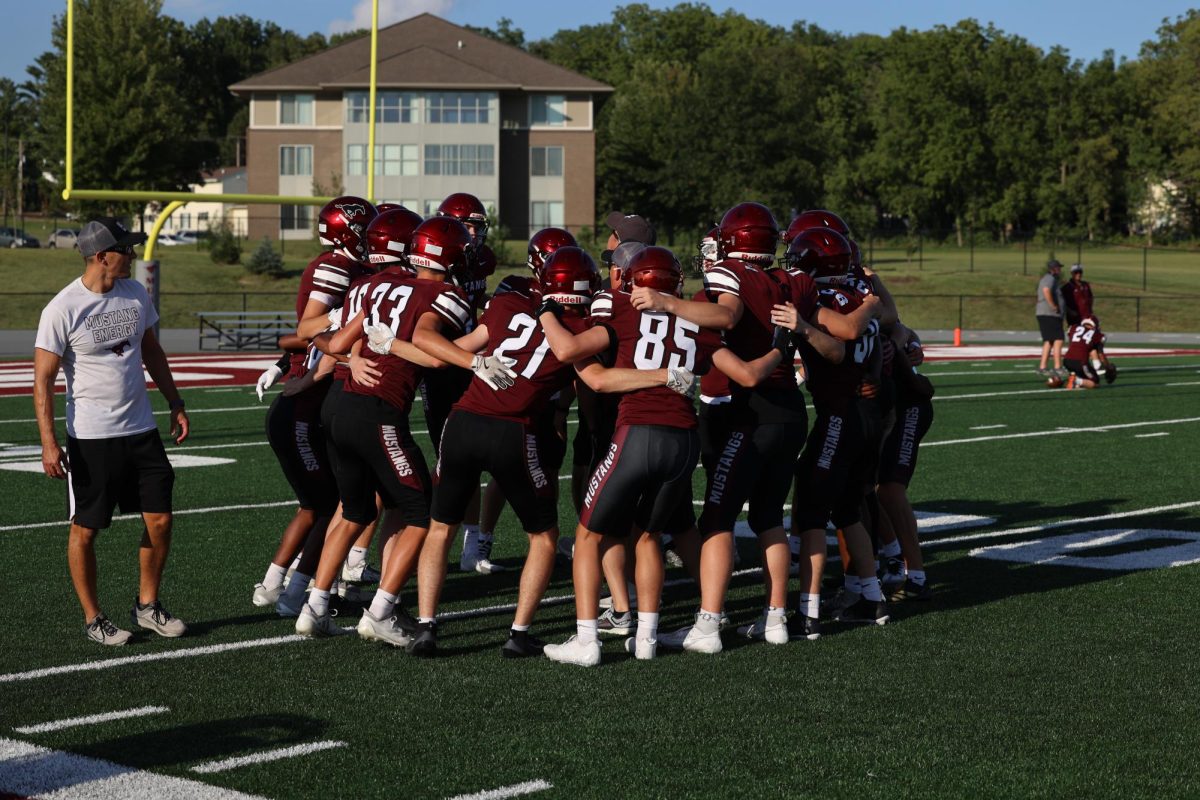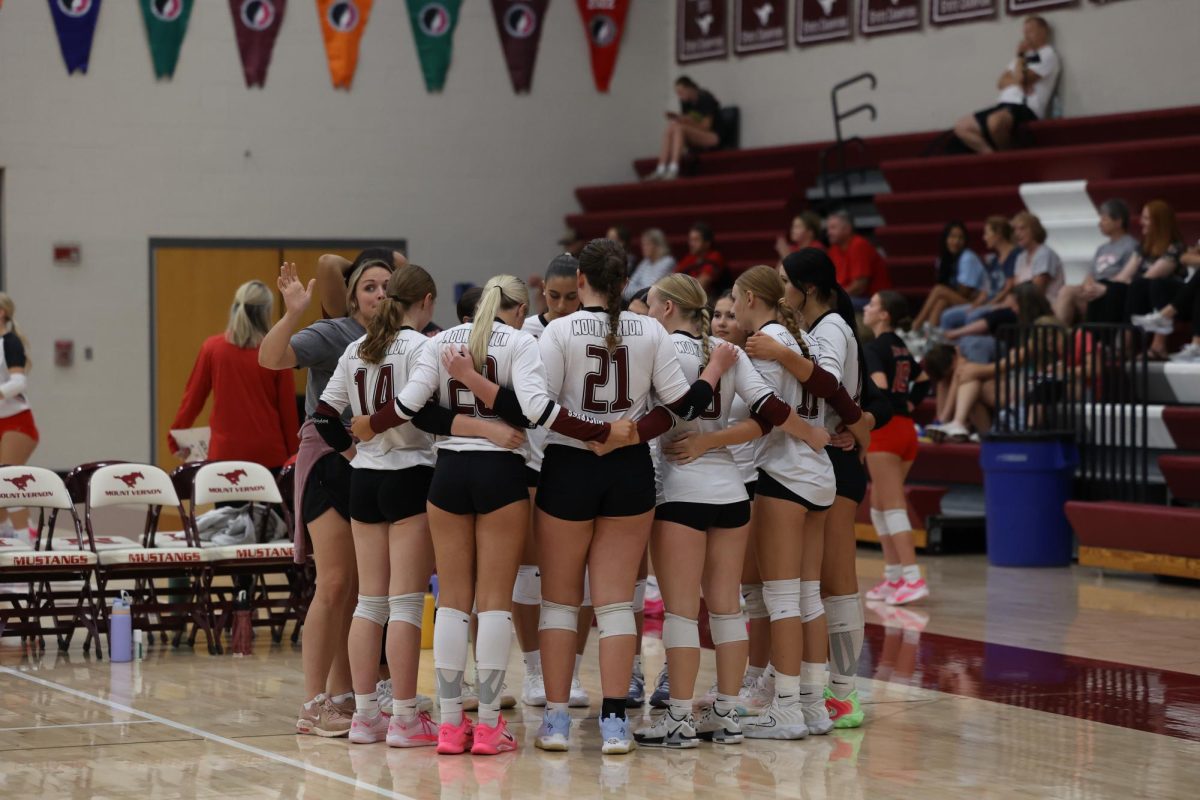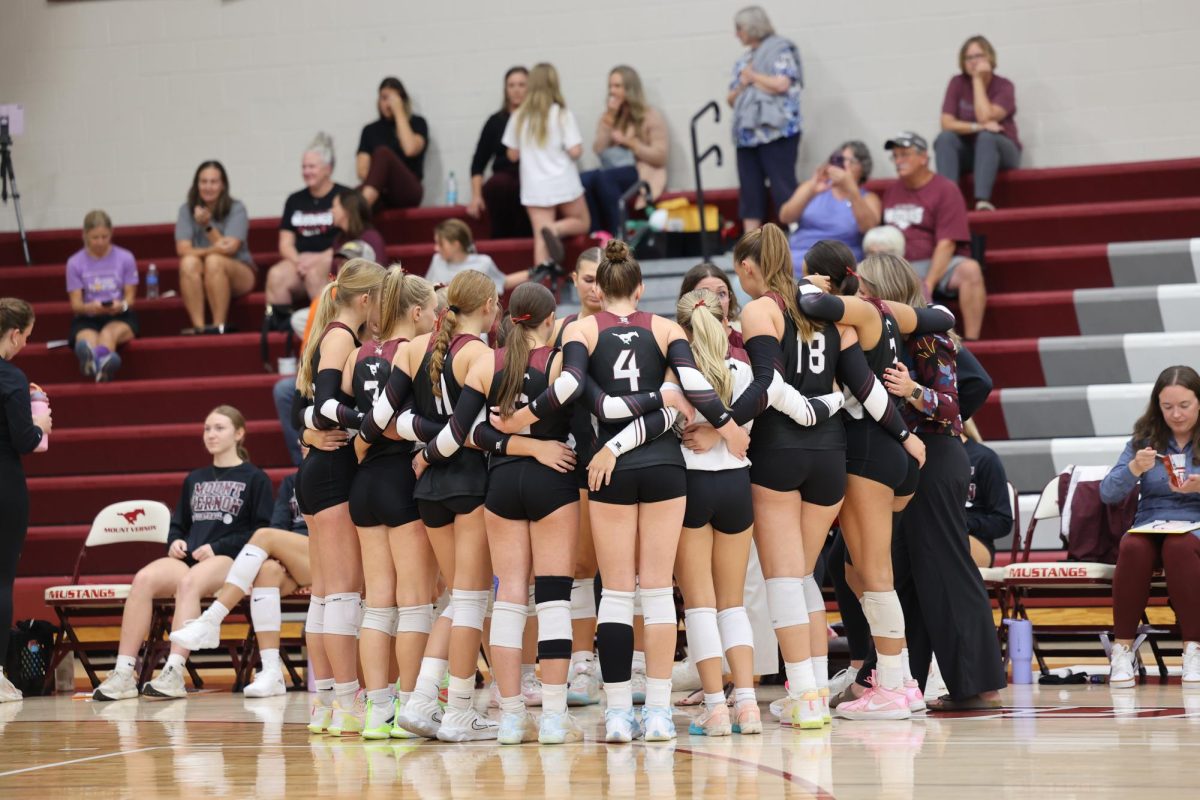By Laura Deininger-
Concussions are becoming more of a problem in athletics, and not just in professional sports. High school football players are almost twice as likely to sustain a concussion as collegiate-level athletes. Coaches and trainers are seeing more and more concussions in high school sports, even outside of football. Seniors Charlie Babcock and Brandon Wolrab are both involved in three of the most concussion likely sports: soccer, wrestling, and football.
“I have had two concussions. One from wrestling and one from football. My eyes got really sensitive to light and I was dizzy for about an hour,” said Babcock.
While some concussions are diagnosed, the ones that are missed are often far more dangerous. “You can take some precautions if it is found because you can sit out and avoid further injuries. Yet, if they miss it and you continue to play with it, it’ll end up hurting you way worse,” said Wolrab.
Physical education teacher Joe Peters, the Mustang football assistant varsity and head junior varsity football coach, has been coaching players for 30 years. In his time as a coach, he has seen far more than 20 concussions and had four himself – two from childhood incidents and two from his days as a football player. “It’s one of those unfortunate events. We teach the proper techniques in tackling and talk about the 4 ups- head up, eyes up, chest up, hands up- to avoid as many injuries as possible,” Peters said. Besides weightlifting to strengthen a player’s neck and shoulders, not much more can be done. “If a player is down, we don’t move him because we want to make sure his neck is okay. We want to make sure he has movement in all of his extremities and no dilation of the eyes. It’s always safety of the player first,” he said.
Mount Vernon’s trainer, Jeremy Elliott, had the athletes take an impact test on the computer at the beginning of the year. It sets a standard to see where the players are at to start with. After a player gets a concussion and has been free of headaches for two or three days, the player takes the test again to see where they are at. This, along with new $300 helmets purchased this year, are a few steps the school district has taken to prevent injuries to players.
Concussions don’t only injure you in the moment but they pose lifelong threats. Thankfully, with the sheet the school requires students to sign and read, athletes are more educated on the topic. “Young kids are damaging their brain and at such a young age. It causes problems later in life that they may not be thinking about,” said Wolrab.
At a school in New Jersey, soccer players are required to wear helmets during practices and games. However, Babcock wasn’t too thrilled about this idea saying that there was no way he would continue to play if helmets were required.
This year in cheerleading, sophomore McKayla Hartl suffered a severe concussion after falling from stunt. Due to the nauseousness, McKayla had to sit out for over a week of practice and for one of the games. “I had really bad headaches, and I even had to miss school because I was unable to concentrate. I was definitely afraid to stunt again, because I didn’t want to be dropped.” Like the boys, McKayla acknowledged the fact that concussions are extremely dangerous and create lifelong issues. As did the cheerleading coach, Erica Nichols, who spent almost an entire practice after the incident talking about how they can prevent concussions and how dangerous they are. Thankfully, McKayla was able to come back from her injury and finish the last game with the team.

